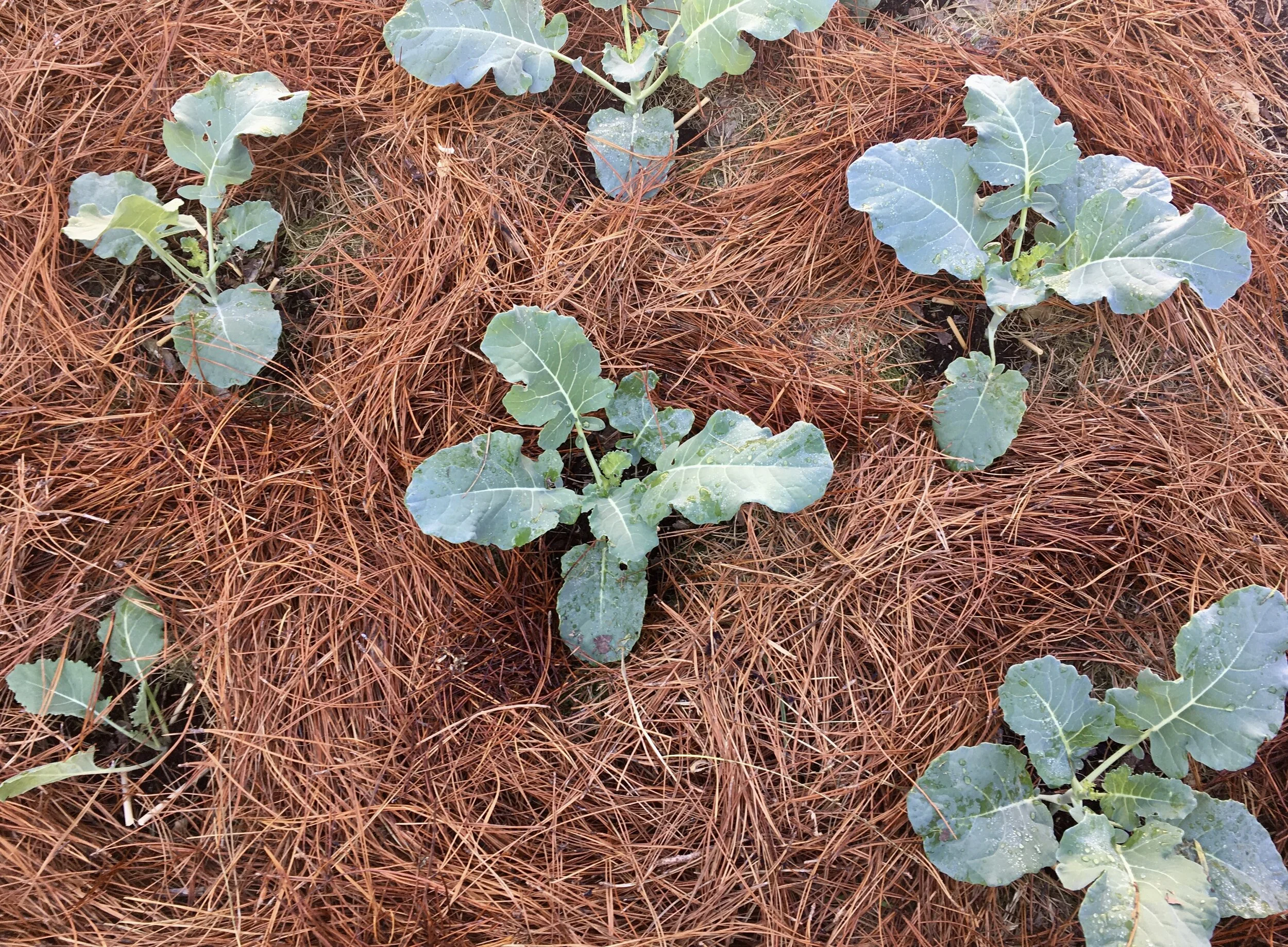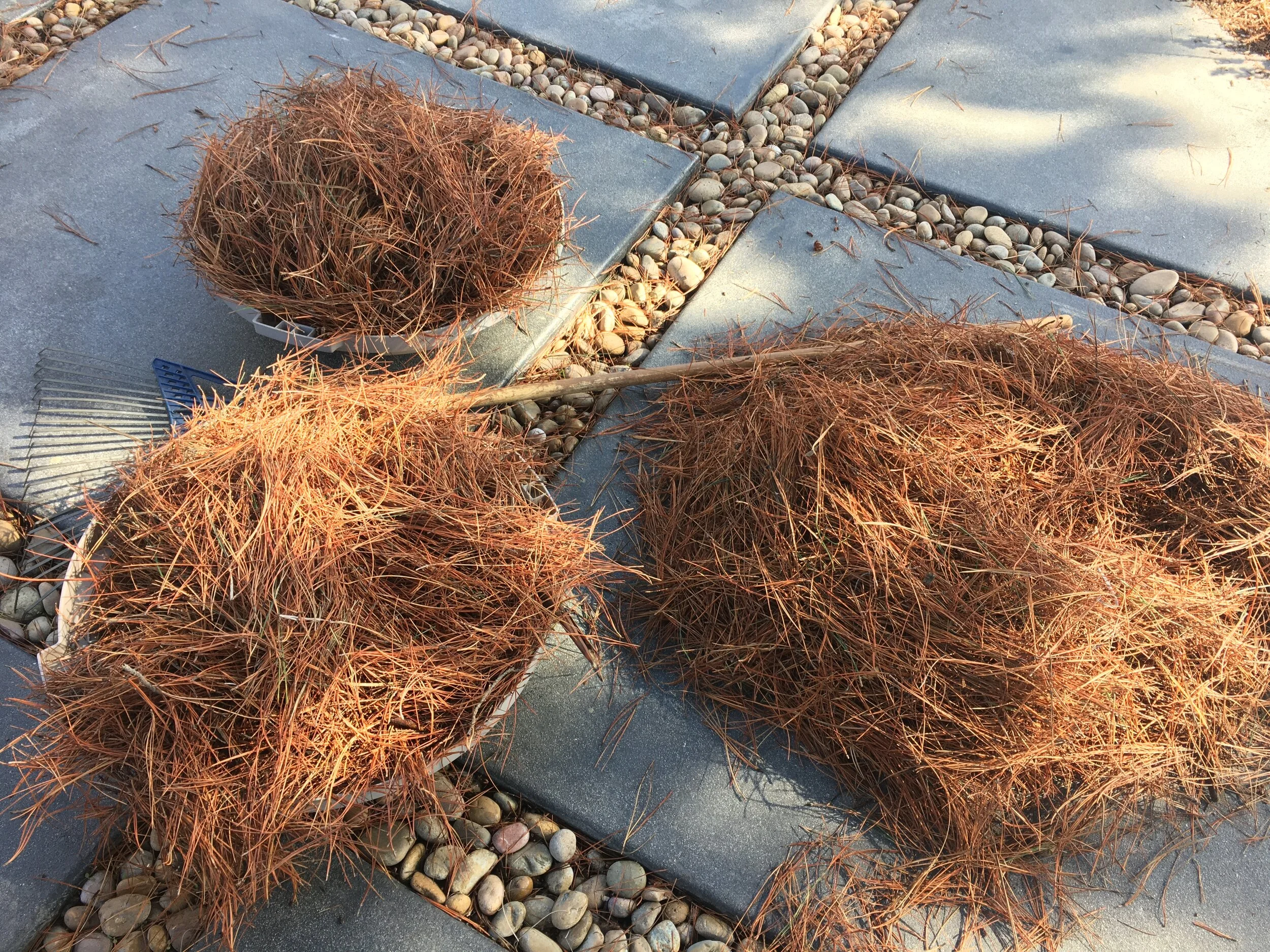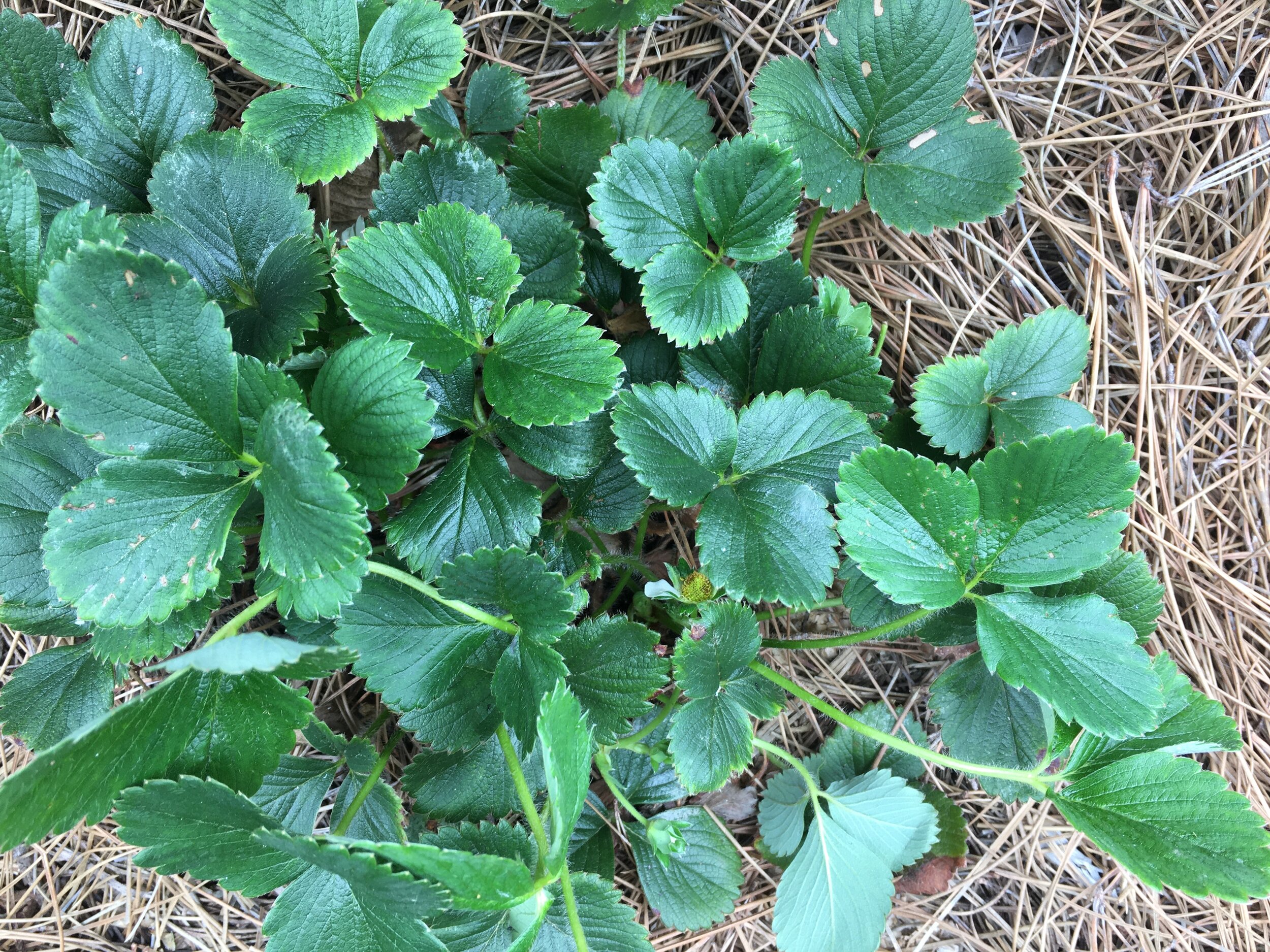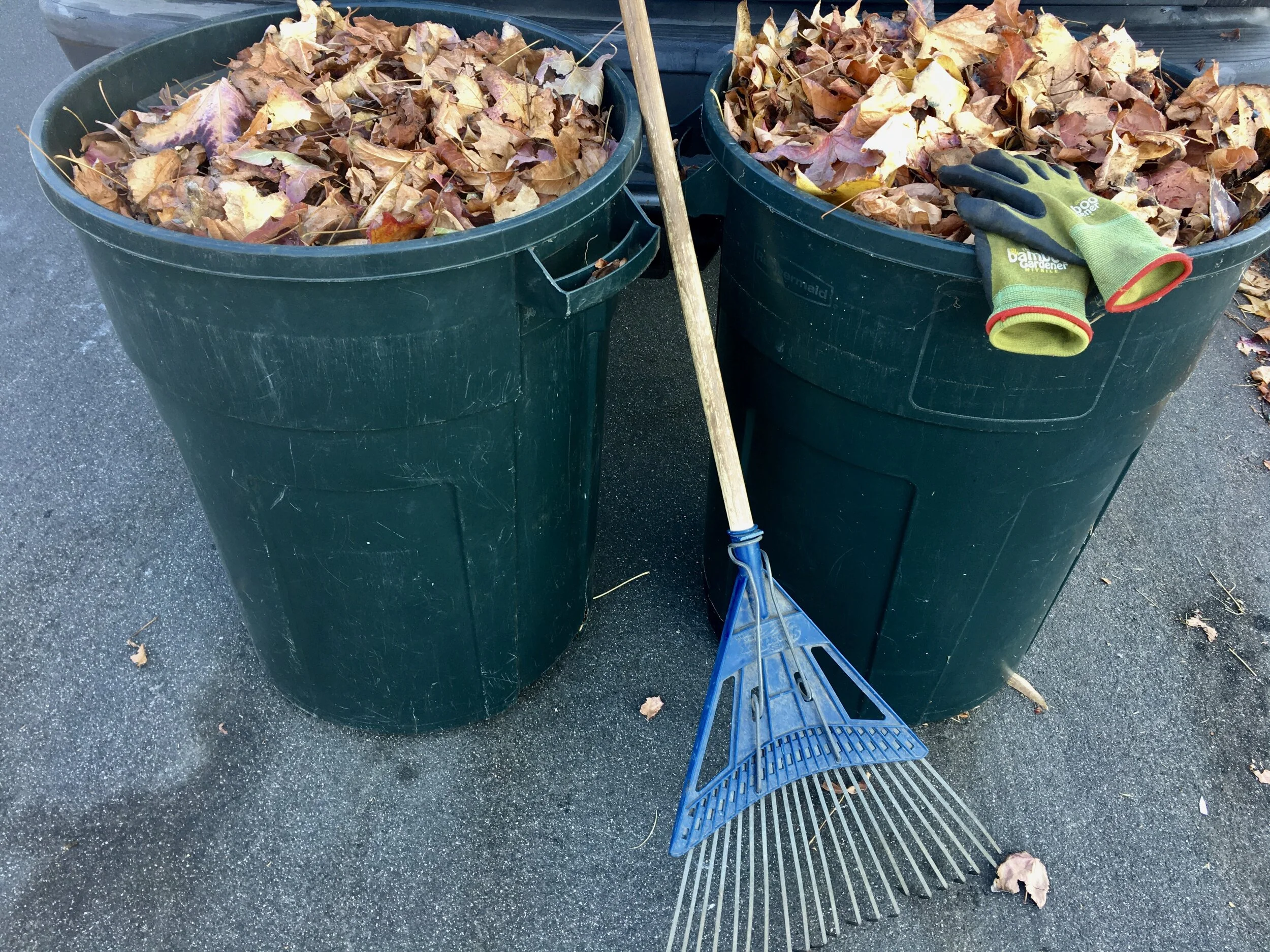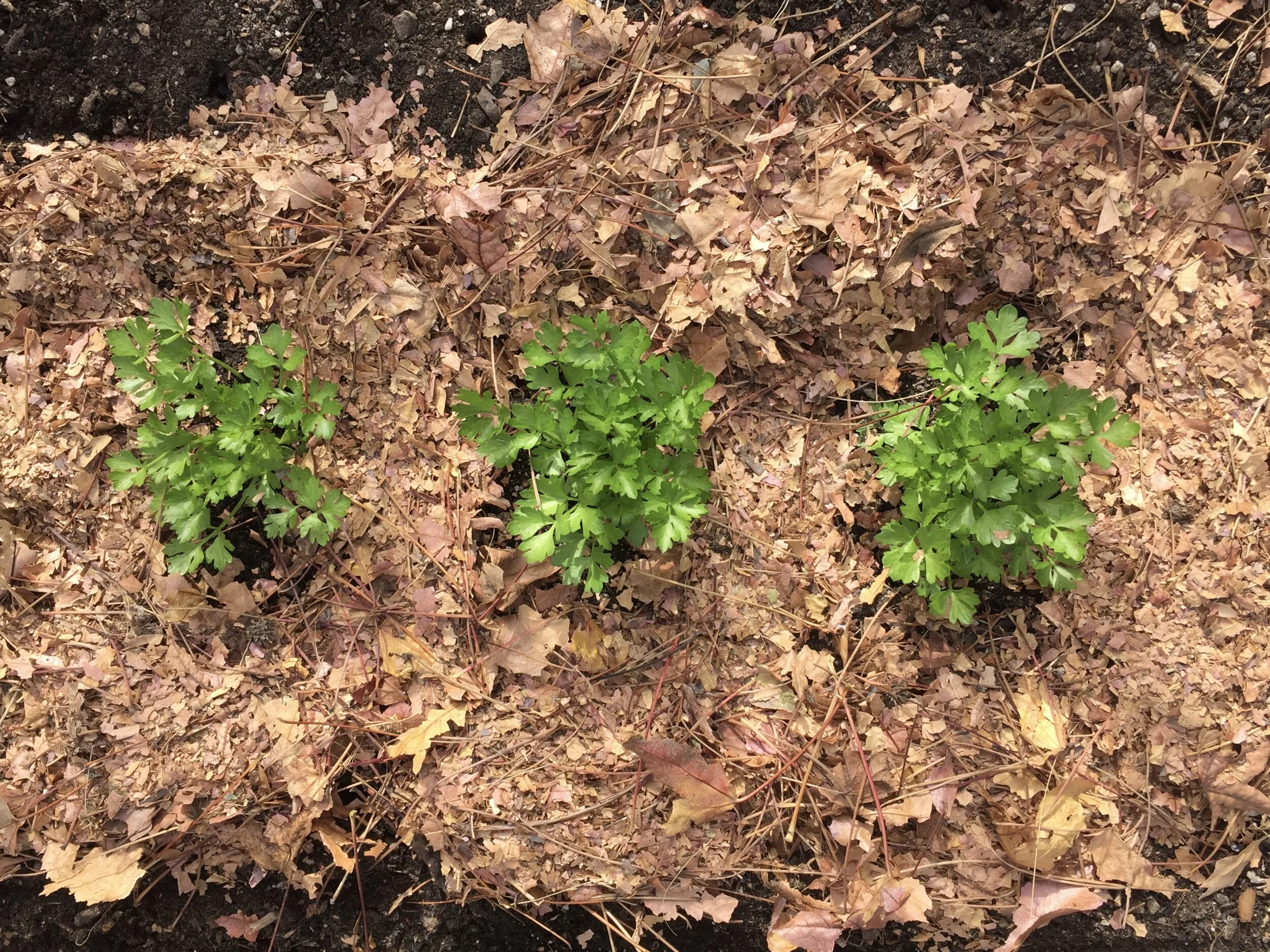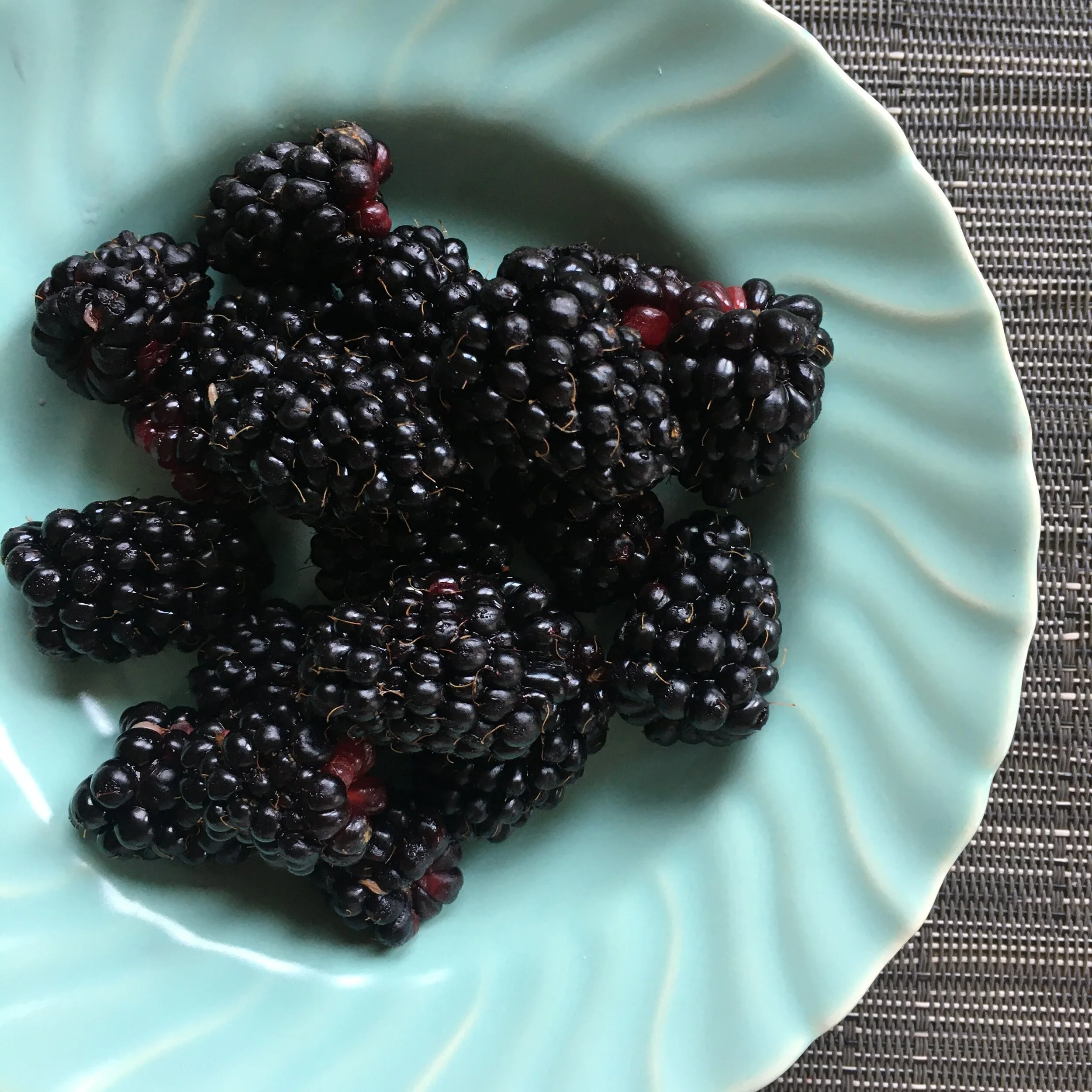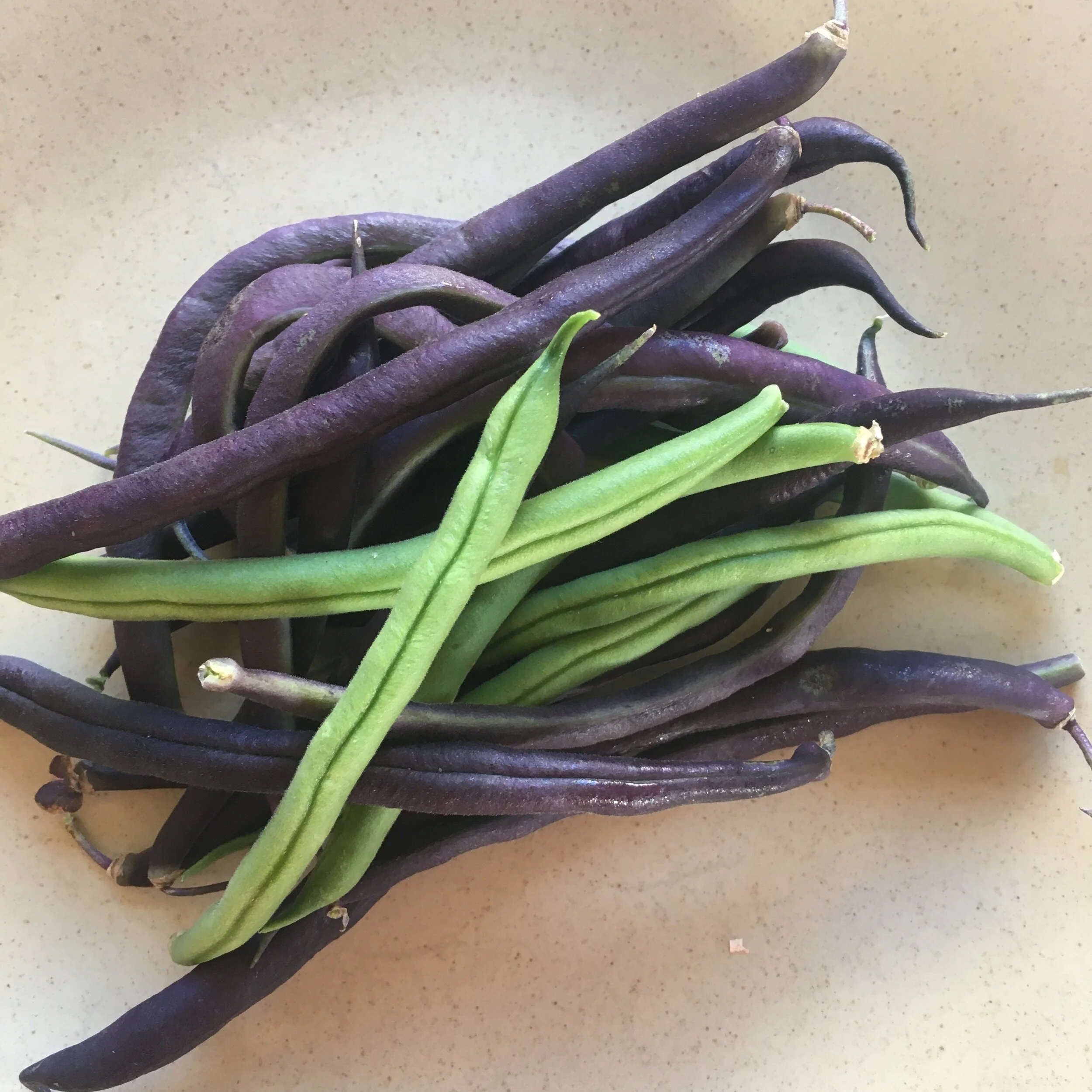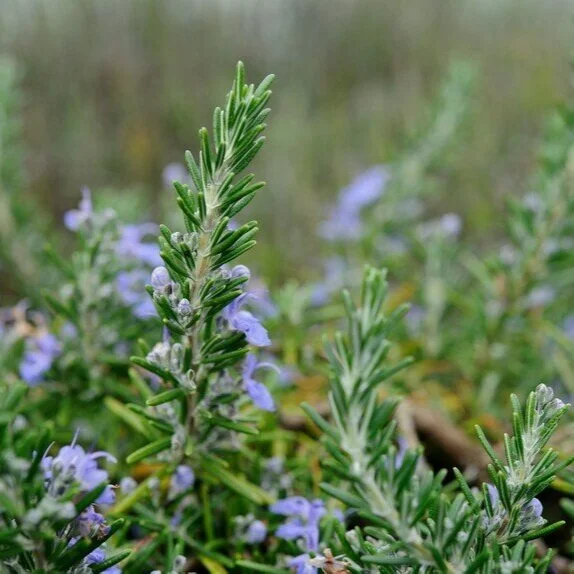Mulching the Vegetable Garden
Mulching is an essential garden technique when growing vegetables. Though it’s an extra step, it will reduce the time spent watering, weeding, fertilizing and controlling pests. Covering your soil with mulch also builds the soil, encouraging microbial life which makes for healthier plants and better harvests. I follow the advice of garden writer, Barbara Pleasant.
The best vegetable garden mulches are those that your property produces itself, such as grass clippings, leaves and compost made by combining kitchen and garden wastes. Grass clippings are particularly useful because they contain abundant nitrogen and other nutrients, which feed both soil life and plants.
The mulches I use vary in my 52-week vegetable garden. Some of my choices are grass clippings, shredded leaves, pine needles and wood shavings. Be sure to keep any mulch an inch or so away from plant stems to prevent rot. (Looks like I need to adjust in corn photo above).
My favorite combination is grass clippings from our small lawn topped with pine needles or shredded leaves. A friend brings me the shavings from her woodworking, absent any walnut and I gather clean pine needles up the street.
Pine needles work well around my strawberry plants. The fruit is lifted above the soil and sow bugs seem less interested in living in the pine needles.
In the fall, another friend lets me rake up her liquidamber leaves which I store in trash cans. I add them to my compost bin and shred to use as mulch.
In my garden, mulching is most important late spring through the fall when supplemental water needs are higher. That’s when a 3-4 inch layer of mulch does the job of retaining soil moisture. A soaker hose laced through my corn before placing the mulch substantially reduces irrigation needs and I have better yields. In the winter garden a lighter mulch—sometimes just some grass clippings and pine needles—allows winter rains to easily reach plant roots.
Here are more short reads on mulching. I learned new information in each one. Use the search feature in upper right corner to find other posts I’ve done on “mulch.”
Mulching in the Permaculture Garden
Using Grass Clippings as Vegetable Garden Mulch
Use Mulch to Reduce Weeds, Save Water & Feed Your Plants
Using Organic Mulches in the Vegetable Garden
To leave a comment, please click on “Leave a comment/Show comments,” leave your comment, then insert your name. Email address and website URL are optional. Finally, click on “Comment as Guest” to post comment.
Subscribe to ediblegardens52 by email in Comments.

